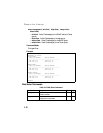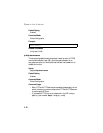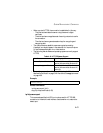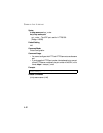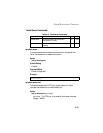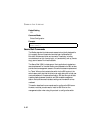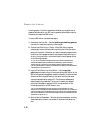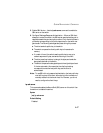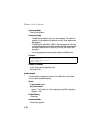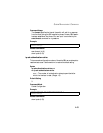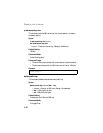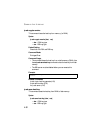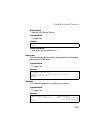
C
OMMAND
L
INE
I
NTERFACE
4-46
following section. Note that regardless of whether you use public key or
password authentication, you still have to generate authentication keys on
the switch and enable the SSH server.
To use the SSH server, complete these steps:
1. Generate a Host Key Pair – Use the ip ssh crypto host-key generate
command to create a host public/private key pair.
2. Provide Host Public Key to Clients – Many SSH client programs
automatically import the host public key during the initial connection
setup with the switch. Otherwise, you need to manually create a known
hosts file on the management station and place the host public key in it.
An entry for a public key in the known hosts file would appear similar
to the following example:
10.1.0.54 1024 35 15684995401867669259333946775054617325313674890836547254
15020245593199868544358361651999923329781766065830956 10825913212890233
76546801726272571413428762941301196195566782 59566410486957427888146206
519417467729848654686157177393901647793559423035774130980227370877945452408397
1752646358058176716709574804776117
3. Import Client’s Public Key to the Switch – Use the copy tftp
public-key command to copy a file containing the public key for all the
SSH client’s granted management access to the switch. (Note that these
clients must be configured locally on the switch with the username
command as described on page 4-34.) The clients are subsequently
authenticated using these keys. The current firmware only accepts
public key files based on standard UNIX format as shown in the
following example for an RSA Version 1 key:
1024 35 1341081685609893921040944920155425347631641921872958921143173880
055536161631051775940838686311092912322268285192543746031009371877211996963178
136627741416898513204911720483033925432410163799759237144901193800609025394840
848271781943722884025331159521348610229029789827213532671316294325328189150453
06393916643 steve@192.168.1.19
4. Set the Optional Parameters – Set other optional parameters, including
the authentication timeout, the number of retries, and the server key
size.



